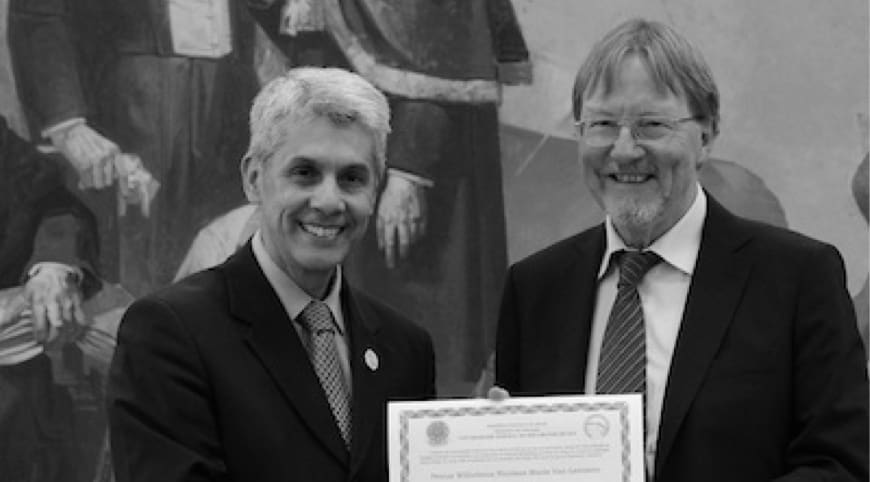Ester versus polyketone formation in the palladium-diphosphine catalyzed carbonylation of ethene
The origin of the chemoselectivity of palladium catalysts containing bidentate phosphine ligands toward either methoxycarbonylation of ethene or the copolymerization of ethene and carbon monoxide was investigated using density functional theory based calculations. For a palladium catalyst containing the electron-donating bis(dimethylphosphino)ethane (dmpe) ligand, the rate determining step for chain propagation is shown to be the insertion of ethene into the metal-acyl bond. The high barrier for chain propagation is attributed to the low stability of the ethene intermediate, (dmpe)Pd(ethene)(C(O)CH3). For the competing methanolysis process, the most likely pathway involves the formation of (dmpe)Pd(CH3OH)(C(O)CH3) via dissociative ligand exchange, followed by a solvent mediated proton-transfer/reductive- elimination process. The overall barrier for this process is higher than the barrier for ethene insertion into the palladium-acetyl bond, in line with the experimentally observed preference of this type of catalyst toward the formation of polyketone. Electronic bite angle effects on the rates of ethene insertion and ethanoyl methanolysis were evaluated using four electronically and sterically related ligands (Me)2P(CH2)nP(Me)2 (n = 1-4). Steric effects were studied for larger tert-butyl substituted ligands using a QM/MM methodology. The results show that ethene coordination to the metal center and subsequent insertion into the palladium-ethanoyl bond are disfavored by the addition of steric bulk around the metal center. Key intermediates in the methanolysis mechanism, on the other hand, are stabilized because of electronic effects caused by increasing the bite angle of the diphosphine ligand. The combined effects explain successfully which ligands give polymer and which ones give methyl propionate as the major products of the reaction.


Let's create a brighter future
Join our team to work with renowned researchers, tackle groundbreaking
projects and contribute to meaningful scientific advancements



















